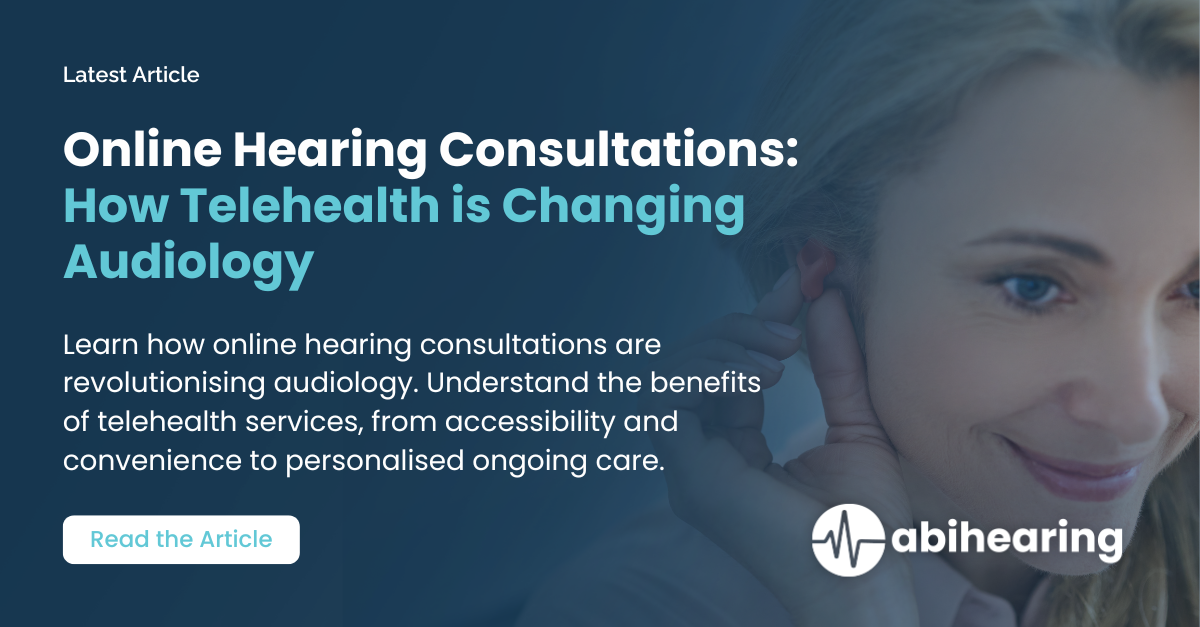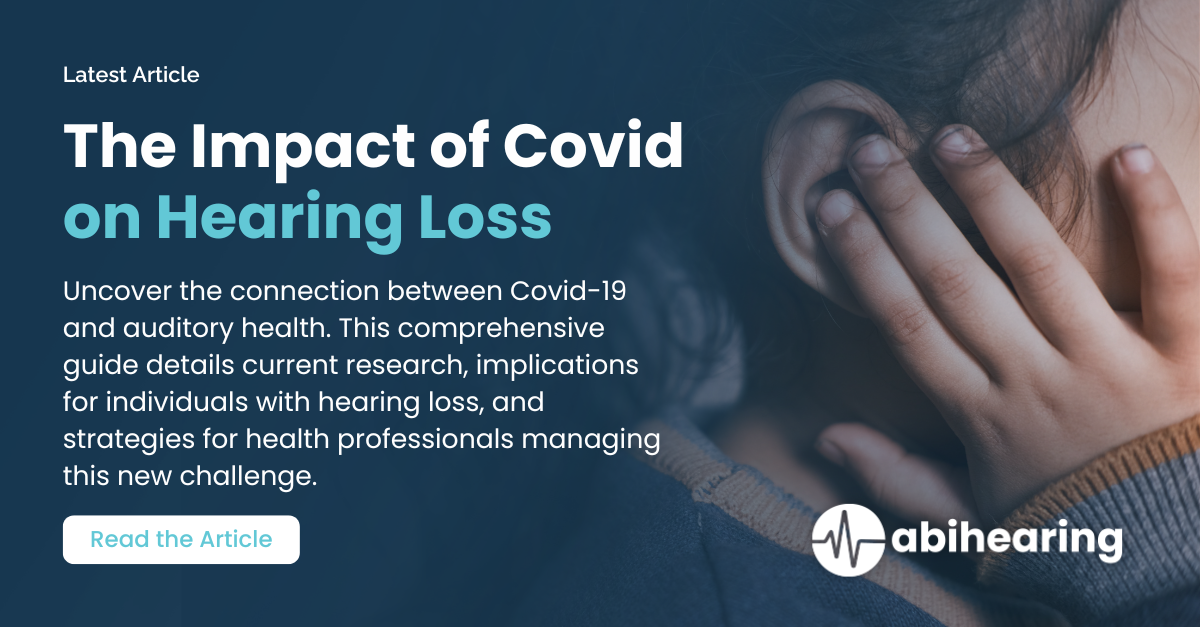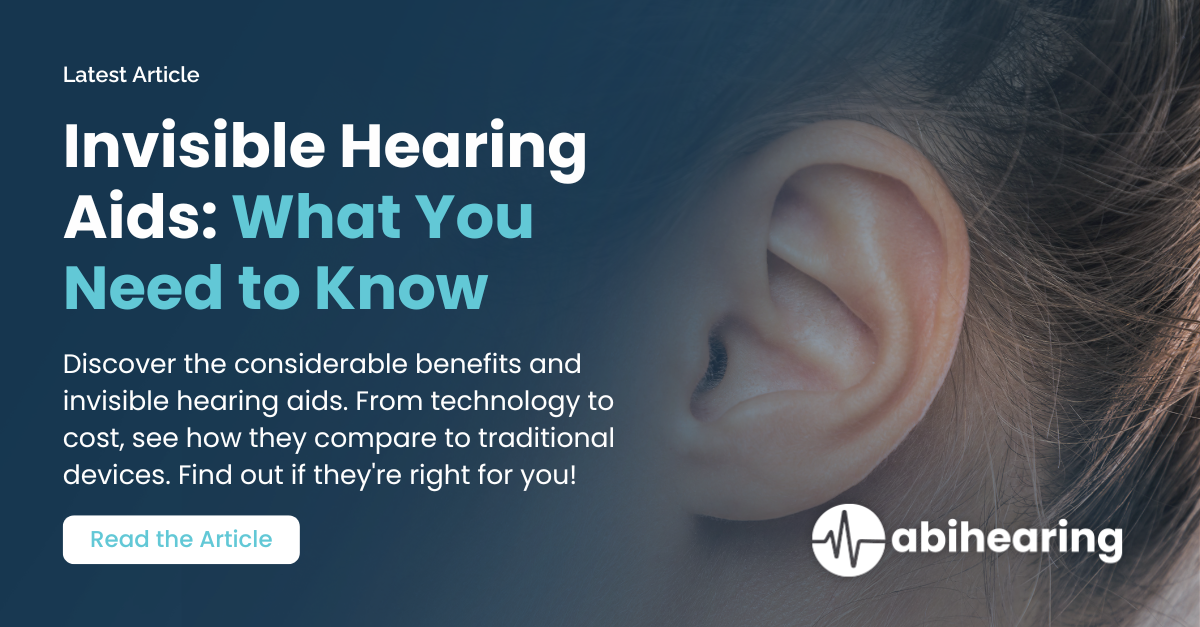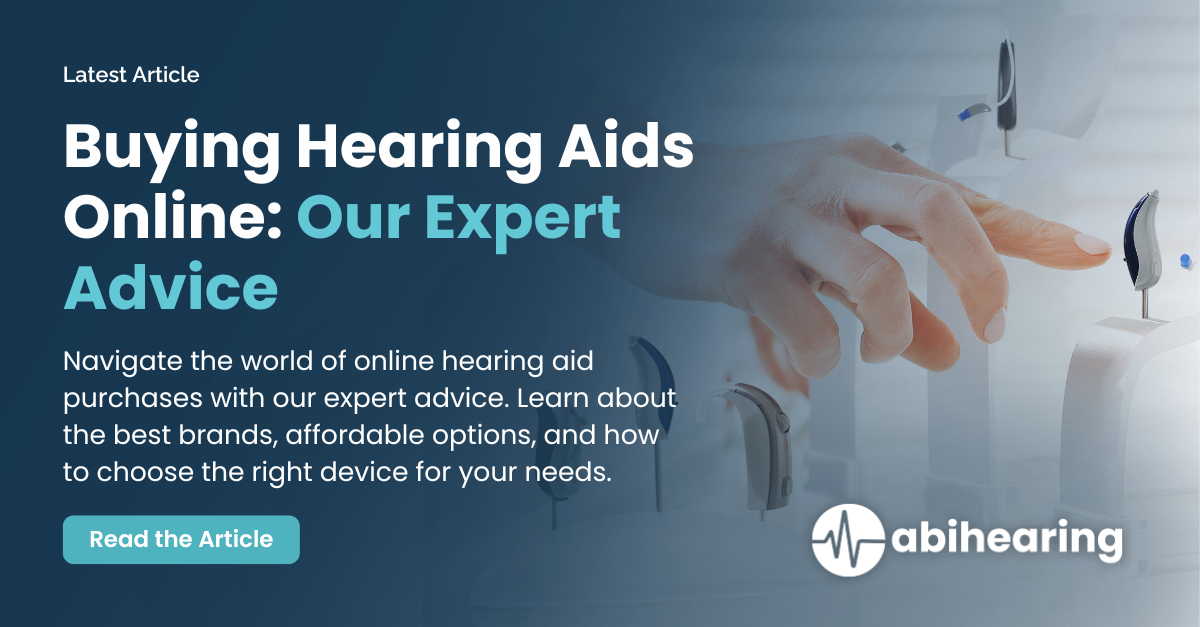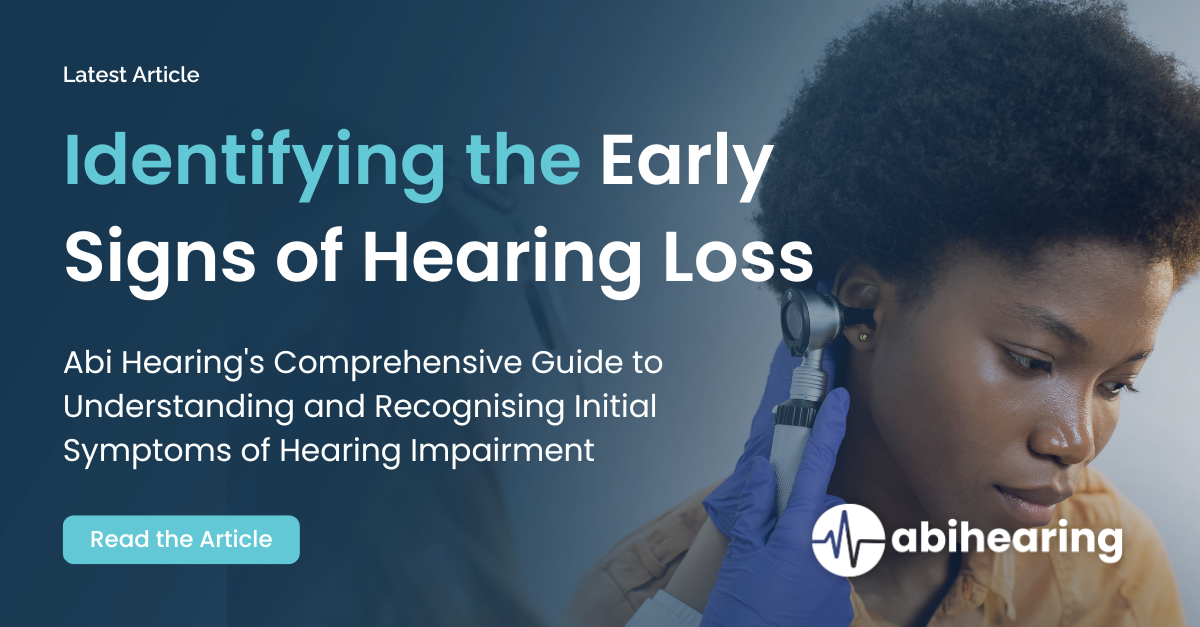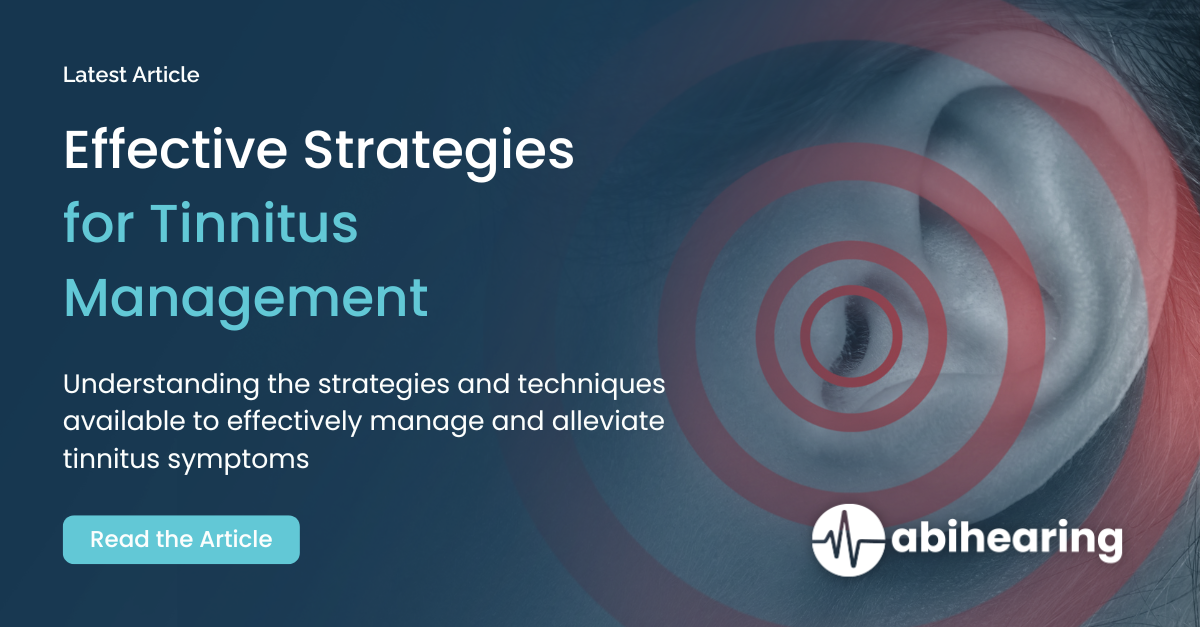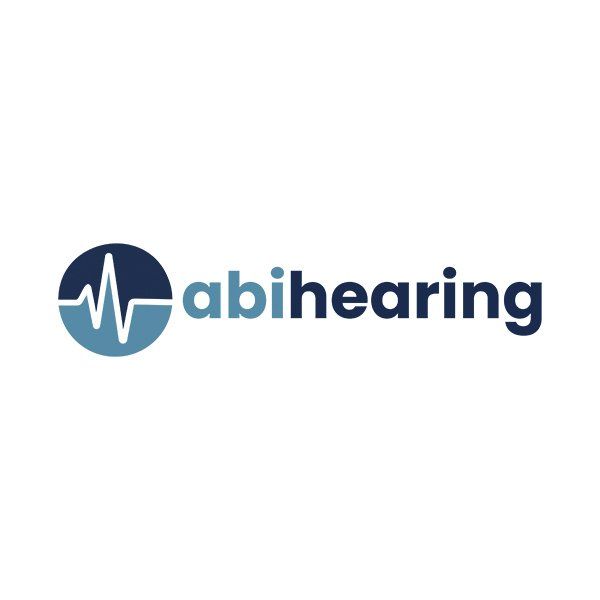Introducing Lyric4 by Phonak
Join Us For Our Lyric4, by Phonak Open Day on March 9th and Discover the Advantages of Invisible Hearing Aids
Understanding your hearing loss is an important factor in the decision to purchase invisible hearing aids. If you do not understand your hearing loss, it can make it much more difficult to find the right solution that will work for you. Not only that, but not understanding what to expect when wearing them can also lead to people not giving themselves the time they need to adjust to wearing an invisible hearing aid and getting the full benefits of this type of technology.
People’s reaction to invisible hearing aids may be different than what you expect. People who suffer from the stigma that comes with wearing regular visible hearing aids may find that their experience with invisible hearing aids is positive. Most people who wear them report that people do not seem to notice they are wearing them and will politely ask if you have a hearing loss instead of pointing out your visible aid.
Smaller in Size
The most important advantage of the invisible Hearing aid is its small size. Some people avoid using hearing aids because of the visibility factor. These people can now comfortably use an IIC. Since the Hearing aid fits beyond the second bend of the ear canal, it is not visible.
Ultimate Discretion
Another advantage is that the size of this device makes it very discreet. Many users feel more confident wearing IIC, because they don’t draw attention to themselves like their old visible aids used to do. With an invisible Hearing aid, you’ll again be able to communicate with ease and confidence in most settings.
Simple Design
There are no external wires or tubes. The complete Hearing aid with the battery fits directly into the ear canal.
Easy to Maintain
This type of Hearing aid doesn’t have replaceable batteries like regular hearing aids do. The complete Hearing aid fits into the second bend of your ear canal and it has a small battery which attaches to the casing.
All Day Comfort
The IIC Hearing aid is small and lightweight, and it does not take long for clients to become used to the positive changes in their hearing ability. Since the IIC Hearing aid fits deep in the canal, the sound picked up by the microphone is more natural. The microphone does not pick up wind noise and other unwanted sounds.
Going About Life
The user can speak on the telephone in a normal manner with the telephone earpiece close to the ear or can use headphones. Since the Hearing aid receiver is close to the eardrum, it requires less power for amplification. This results in lower distortion and clear speech.
A Natural Listening Experience
While traditional hearing aids capture and process sound outside of the ear, Lyric4 uses the natural anatomy of the ear to amplify and give you a full, natural listening experience. Because Lyric4 is placed in the ear canal near the eardrum by a trained professional, it is a 100% invisible hearing aid.
Join Abi Hearing for our Lyric4, by Phonak Open Day
Abi Hearing will be hosting an open day on Wednesday, March 9th, 2022.
We invite new and existing clients who are interested in learning more and wanting to trial the Lyric4 by Phonak Invisible Hearing Aid. We welcome anyone who feels they could benefit from improved hearing to book a free appointment where our professional audiologists will take you through the features and benefits of the Lyric4 device, provide you with a suitability assessment and if you choose, fit the device to help you understand how it may benefit you in everyday life.
Register your attendance below:

